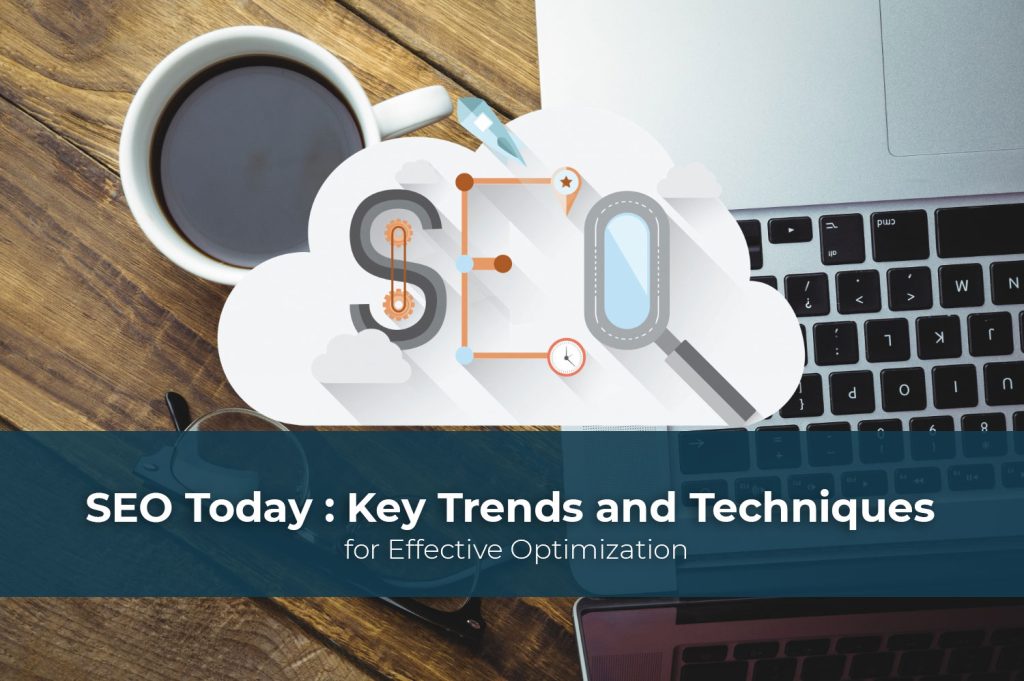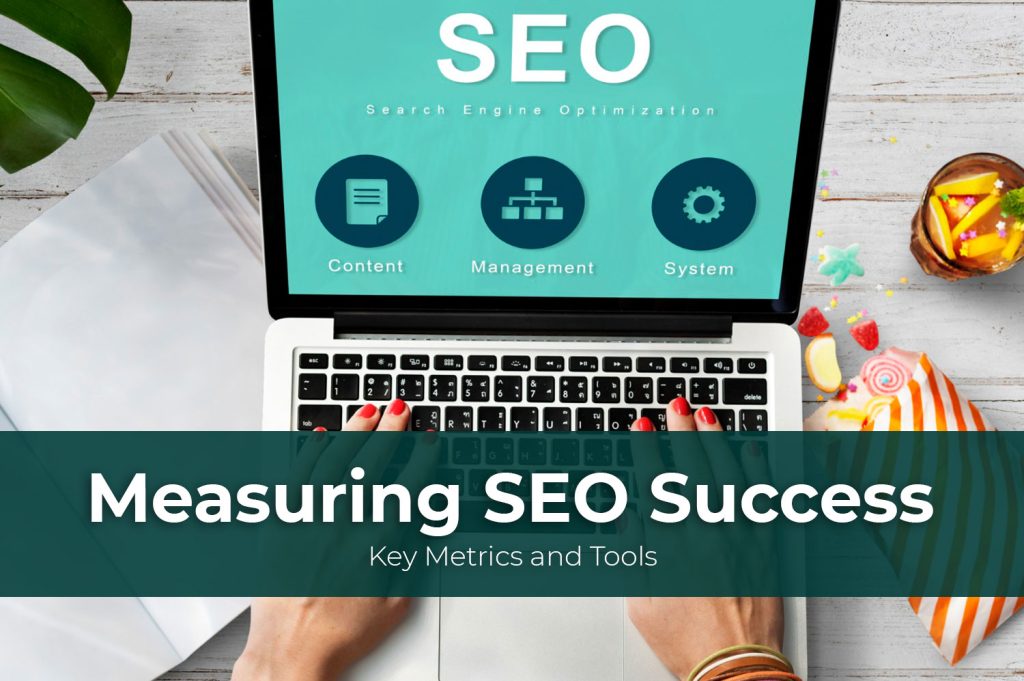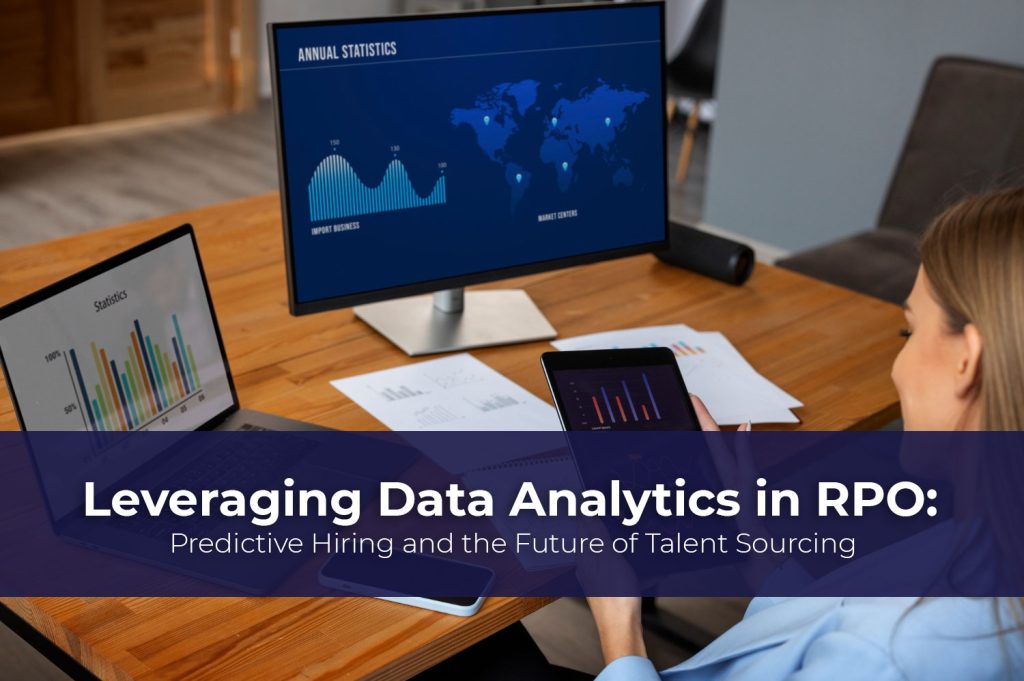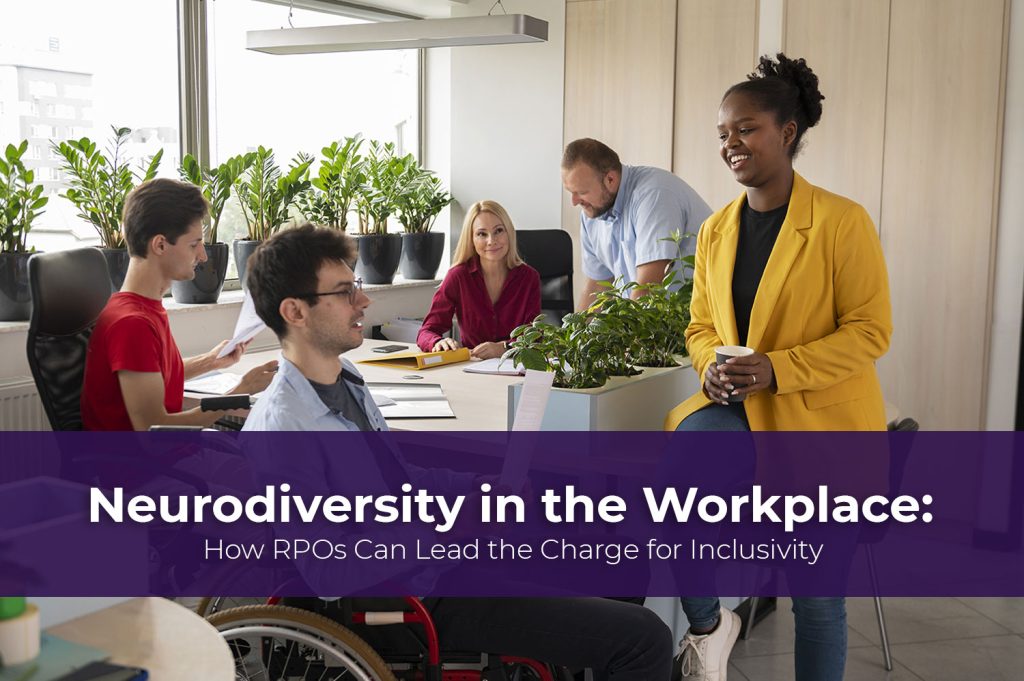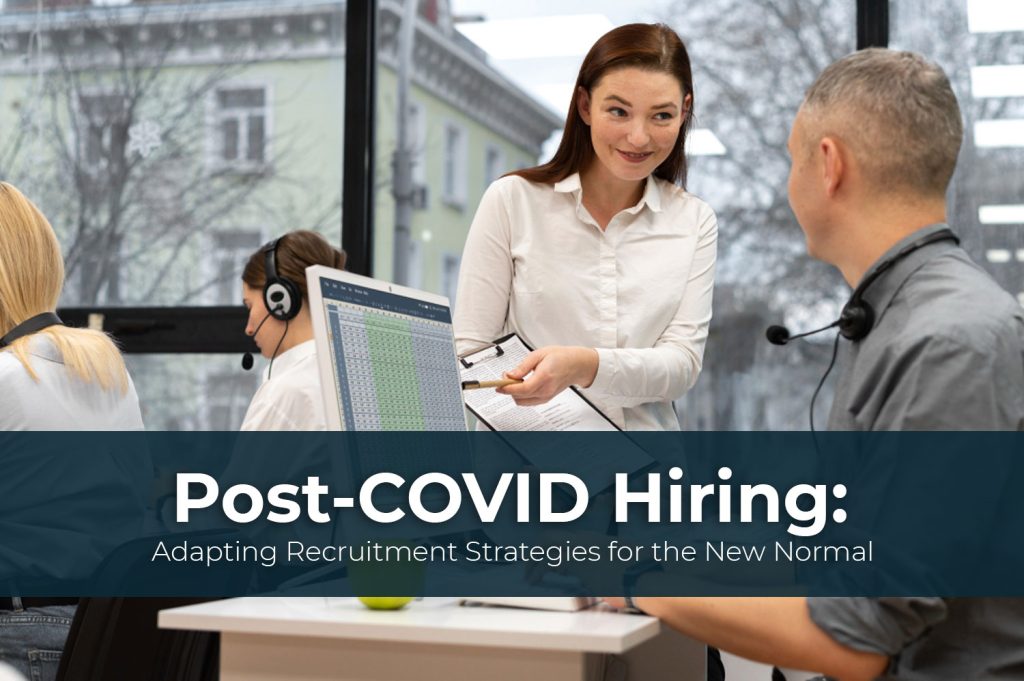On-Page SEO: A Beginner’s Guide to Optimization in 2022

“Don’t follow trends. Start trends.” – Frank Capra, Italian-American Film Director
When we talk about ways to define your brand in the online space and get it noticed above all the competition, On-page SEO (Search Engine Optimization) is one such path to pay attention to. However, before we can dive into all how it can help you, let’s lay the foundations and get a more holistic understanding of what exactly we are dealing with here.
In this step-by-step guide, we will walk you through some of the more important page-specific best practices, why it’s critical to your overall strategy, as well as some other relevant tips that tie into the larger picture of your online footprint. However, you should keep in mind that regardless of how efficient your SEO tactics are, it will take time. It is a process of consistency that will benefit your business in the long run. It does not happen overnight.
Table of Contents
ToggleWhat Is On-Page?
According to the SaaS platform SEM Rush, on-page SEO refers to the process of optimizing the different pages on your website. This is done to improve not only the ranking of the website on Google and other search engines but to boost the overall user experience as well.
The improvement process can include the use of specific keywords to improve search visibility and traffic to the website. It can also include page-specific elements such as the titles, tags, headings of blogs, other website content as well as internal links.
Don’t Get On-Page SEO and Technical SEO Mixed up
Sometimes on-page SEO and technical SEO are used interchangeably, but try to keep the two separate. Technical SEO often addresses things like the page and site speed, as well as duplicate content, overall website structure, indexing and so on. In other words, it focuses on the whole website, whereas on-page SEO focuses on specific pages or URLs.
On-page SEO helps Google understand your content.
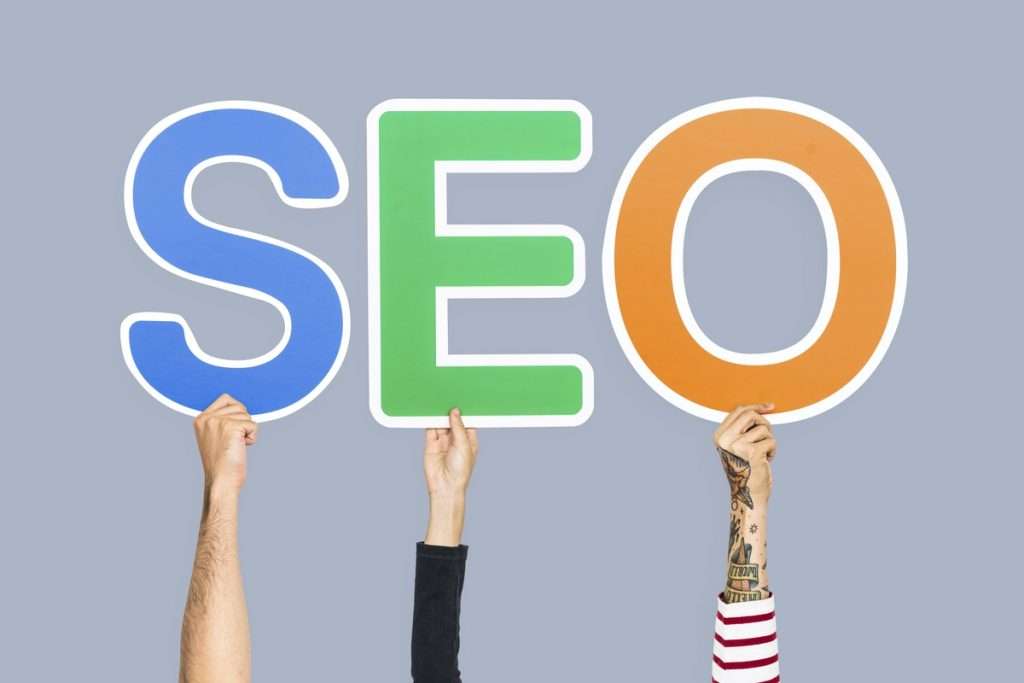
Why Is On-Page SEO Crucial?
No matter how advanced Google’s search algorithms get, you have to remember that it still needs help understanding the content on the individual pages of the site. Only if it understands the content and sees it as relevant, will it rank the content. This is where on-page SEO comes in. Now, you may be thinking that boosting your SEO is tiresome work, but the truth is, it isn’t nearly as hard as some might make it out to be. Honestly, there are only a handful of ranking factors you need to be worried about.
Your primary concern should be creating unparalleled user experiences. Everything else can be built around this. So, with that in mind, let’s look at a few ways in which you can boost your SEO game.
#1: Optimize URLs
According to the Google Search Central documentation on “Advanced SEO”, it has clearly stated URLs help it understand better what a page is about. So, how do we help it along?
- Include your primary keywords in the URL. This helps the search engine as well as the users to identify what the page is about.
- Place the keyword as close to the beginning of the URL as possible (far left).
- Instead of using industry jargon that only a select few might google, use everyday language.
- Short and sweet is the name of the game. The simpler the URL is, the easier it is for Google to understand it. The same applies to users. When you conduct a search, and Google presents your long URL with random numbers, the user doesn’t get a good idea about the page. Therefore, they won’t click on it. Hence, write for people, not for robots.
- Only use first-party cookies and not session IDs in your URLs as this will churn out a tidal wave of URLs for the same page. You don’t want that.
“Control your expenses better than your competition. This is where you can always find the competitive advantage.” – Sam Walton, American Businessman
#2: Title Tags and Meta Descriptions
Meta tags or in this case, page titles are very important ranking factors. While meta descriptions are also a major contributor to the ranking, they aren’t a direct ranking factor like title tags. When you Google something, you get a title and a short description on the search results page, right? Well, those are the tags and descriptions. They are more oriented towards enticing the reader to click on the page. This has a direct impact on the Click-Through Rate or CTR of the site. Therefore, it plays a role in the traffic your site sees.
However, there is a small issue. In August of 2021, Google rolled out an update wherein it can and might rewrite the page titles based on other elements it picks up on the page. Now, if this is not a well-written one, people won’t click, thereby driving down the website traffic. Always keep an eye on this.
Optimize the tags and meta descriptions by doing this:
- Place the primary keyword at the beginning of the title.
- Keep the title between 50 to 60 characters.
- Avoid all caps in the title.
- Each page should have a unique title so Google doesn’t read them as duplicate pages.
- Write for people so they click through.
- Include the primary keyword in the meta description as well.
- Keep the meta description within 155 characters.
#3: Manage Your Structured Data (Schema)
Let’s say you have a product page for your website. It will include things like pricing, description, availability, ratings, and so on. Now, unless you structure that in a specific way, Google won’t be able to understand it. Schema is a specific on-page SEO code that you implement on your pages that helps Google understand what is there. There are specific data formats for an array of things like books, articles, blogs, movies, courses, events, etc.
One of the simpler ways to implement a proper schema is to use Google’s Structured Data Markup Helper. Once you enter the URL of the page, Google will walk you through the process of adding structured data. You can then test it using Google’s Structured Data Testing Tool. Once you finish the testing, just copy the code over your site and voila, you’re done! You can always use tools like DeepCrawl to crawl through your website and debug errors if any.

Headers play a significant role in helping both Google and readers navigate the content.
#4: How Headers Help SEO
Headers such as H1, H2, H3, etc., help with the on-page SEO in several ways. Firstly, it makes it easier for the reader to navigate the content. A boring wall of text will push more readers away than anything else. You need to break up the text into more manageable portions to make it easier for them. Readability is a big factor for Google. Secondly, subheading helps Google understand the contents of the page better as well. Remember to use your primary keywords in the subheadings as well as the main headings.
#5: Writing Content for Optimal SEO Ranking
Content writing is that push to the next level when it comes to your SEO ranking efforts. The more you invest and the better you execute it, the greater the results will be. When writing for SEO content keep these things in mind:
- Write concise, compelling introductions with clear and accurate remedies.
- Keep sentences and paragraphs brief, but don’t lose the flow of the content in the process.
- Incorporate target SEO keywords throughout the copy using natural language.
- Make sure content aligns with search intent.
- Write for the reader, not Google.
- Use the Yoast SEO plugin to check your content for optimal results.
Generally speaking, you should try to use the primary keyword in the first paragraph itself. The sooner you get to the point, the faster the reader will know that they are in the right place. Otherwise, your bounce rate will go up and traffic will go down.
You also need to keep the keyword usage density in mind. If you use it too much throughout the post, Google reads it as keyword stuffing and will pull down the ranking of your page. Ideally, you should use the keyword once per 100 words or so, but again, this is just a rule of thumb. Don’t sacrifice content structure and flow for the sake of keywords.
In addition to your primary keyword, also include synonyms, long-tail keywords, semantic keywords and related terms. This helps build context for your content.
“Better to be right about the trend and wrong about the implementation, than the other way around.” – Aaron Levie, CEO of Box
#6: Internal and External Links
Internal links are extremely important for your SEO ranking. When you have interconnected internal links, and it makes up a solid framework, the context is further reinforced for your site. Google looks at it and sees that there is relevance between the individual pages and the overall site. It’s like those research papers or essays you might have written in college or school, the more interconnected references there are, the more credibility the content carries. When it comes to the actual linking process, it is crucial that you link all relevant pages to one another and also that you link outwards to other pages from authoritative pages like your homepage. You can use short, descriptive anchor texts that are keyword-focused for the linking. In other words, it should be relevant and follow natural language.
It’s very important to keep in mind that internal links don’t boost site authority like backlinks. Rather, they funnel the existing authority from backlinks, via your website.
When we look at external links, on the other hand, they are not direct ranking factors. However, when you cite your sources, like in a blog, for example, it builds trust with Google and with users. It shows that you’re not just writing for the sake of SEO but the client. Having said that, only use external links when needed and never on anchor texts that include keywords that you want to rank for. So, there you have it, these are just some of how you can boost your on-page SEO and get ahead of the competition.







